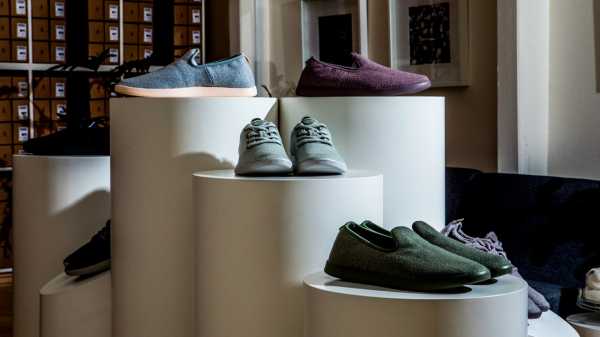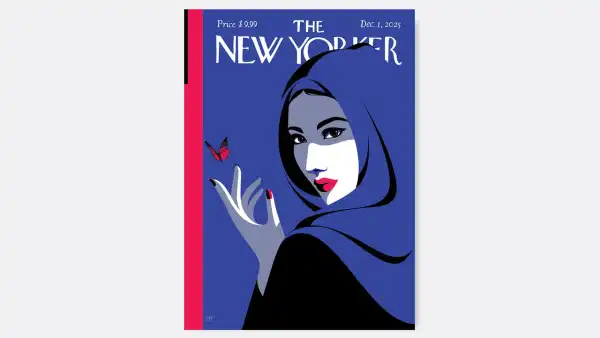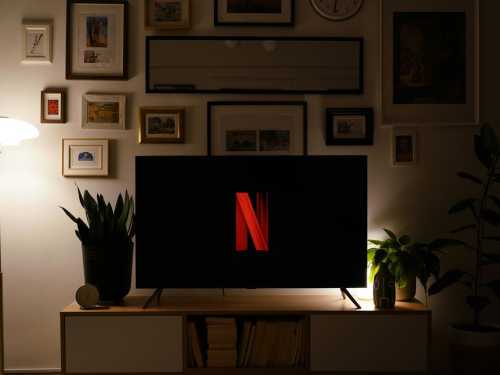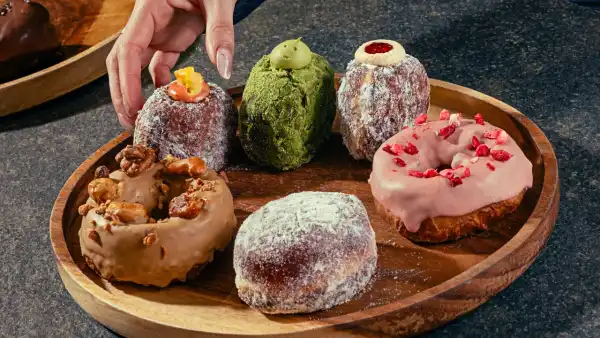
The San Francisco-based brand Allbirds makes shoes so soft and flexible that you can bend them almost a hundred and eighty degrees in your hands. When worn, the lightweight rubber soles flare out at the ball of the foot, creating a slightly geriatric silhouette. The “S-curve tread array” carved into the bottom of the sole is supposed to distribute your weight evenly as you walk; the insoles caress your arches and make walking feel like gliding. The merino-wool fabric, in a variety of neutral and pastel shades, is reminiscent of an expensive Fair Isle sweater, except somehow not at all itchy. It is thin enough that you can see the outline of your toes as you walk. The eight lace holes of the original Allbirds “Runners,” embellished with contrast stitching, have a dad-ish quality to them. The only visible branding is a small tab on the back and a cursive, lowercase “allbirds” carved into the heel. The shoes are, for all my attempts to describe them, excessively nondescript. This is perhaps their biggest innovation. Allbirds are so meticulously basic that, when clad in them, your feet almost cease to exist.
For quite a while now, “sensible” footwear has been enjoying a curious vogue. Take the slow reinvigoration of Birkenstocks, or the popular #cloglife tag on Instagram, which features women sporting buttery leather clogs inspired by Dutch farm shoes. Or take the bizarre fact that Crocs has surged to No. 13 on the list of footwear brands that teen-agers desire most. Even high fashion is purposefully cribbing an “ugly” aesthetic from the world of Dr. Scholl’s inserts and podiatry foam; the new thousand-dollar Louis Vuitton “Archlight” sneakers look like something an extraterrestrial might wear to a Jazzercise class. But Allbirds, which are billed as “the world’s most comfortable shoe,” cannot really be categorized as ugly footwear, because the idea behind them is not proud unstylishness but technical perfection; the writer Emily Gould has aptly described her Allbirds as “an algorithm on my feet.”
Before starting Allbirds, in March of 2016, the company’s founders—the former New Zealand soccer player Tim Brown and the biotech engineer Joey Zwillinger—had no experience in the footwear business. Brown, coming from a sheep-rich nation, cooked up the idea for a woolen product while at business school in London. His shoes would be sustainably made, unisex, and machine-washable; design-wise, as Brown told The New Yorker’s Nathan Heller earlier this year, they would be “the simplest sneaker we could imagine.” In 2014, Brown floated a proposal on Kickstarter under the name Three Over Seven, with the tagline “No socks. No smell.” He received an overwhelming response. “The thing blew up,” he told Footwear News. “We sold $120,000 worth of shoes in four days.” (The name the company settled on derives from a supposed saying among New Zealand’s early settlers that the landscape was “all birds.”)
In their initial wave of popularity, Allbirds became an essential part of the daily uniform of Bay Area tech entrepreneurs. “Everyone’s wearing them,” a startup financier told the Times last August. “Sometimes it is awkward, especially if we’re wearing the same color.” But in the past year Allbirds have travelled outside the clean hallways of Silicon Valley headquarters and tipped into the mainstream. Mila Kunis wears Allbirds. So does Jennifer Garner. So do Park Slope dads and modern dancers and trendy teen-agers and kooky aunts and registered nurses and bartenders and pretty much every overworked, weary thirtysomething you see on the New York subway. Leonardo DiCaprio, an early adopter of eco-innovations, liked his pair so much that he became an investor in August, saying in a statement that the shoes are “crucial for creating a more sustainable future.” In October, the company announced a third round of funding, bringing its total valuation reportedly to $1.4 billion—which makes it a particularly precocious breed of unicorn (by comparison, Warby Parker, the digital-first eyeglasses company, took eight years to reach its current valuation of around $1.75 billion).
Recently, I visited the Allbirds flagship store in New York, which opened in September, on Spring Street. Walking the cobblestoned blocks of SoHo today is a bit like browsing a Web catalog come to life. The online clothing juggernaut Everlane has a showroom on Prince Street, where solid-colored linen shirts gently kiss wide-legged pants on sturdy hangers. On Mercer, the mattress company Casper opened The Dreamery, a new “nap bar” where you can pay twenty-five dollars to change into pajamas and sleep for forty-five minutes on its proprietary foam technology. Just down the way, on Lafayette, the beauty brand Glossier recently opened a pastel-pink flagship, filled with plush, undulating curves that make the space feel not unlike an Instagram-friendly womb. (In October, meanwhile, McNally Jackson, an independent bookshop that has sat on Prince Street for fourteen years, announced that it would have to relocate after the landlord threatened to more than double the rent, to eight hundred and fifty thousand dollars a year.) Standing outside the Allbirds store, I could see a tangerine Amazon logo reflecting in the window from across the street, where a new Amazon 4-Star store sells only items that have earned a high customer rating on its Web site. These businesses have in common the dramatically streamlined, pragmatic ethos of Silicon Valley—a promise to cut through the effort, and eccentricity, of the traditional shopping experience, even in a brick-and-mortar store.
The inside of the Allbirds space has the bright, pine-box feel of a Sweetgreen salad bar. There are generous piles of multi-hued wool sprouting from the walls, like lichen clinging to a boulder. The foot mirrors are shaped like cumulus clouds. The store was busy even on a weekday morning. There were a few plucky tourists, a gaggle of browsing tweens, an older gentleman trying on gray wool slip-ons. It took me several minutes to flag down a salesperson, who was wearing the wool Runners in bright red (with matching red soles, one of several limited-edition colors this year). In addition to the Runners and slip-on Loungers, Allbirds now offers lighter mesh sneakers made out of eucalyptus plants. There is also a new line of thirty-five-dollar flip-flops, called Sugar Zeffers, that feature a springy material made out of sugar cane, castor oil, and recycled cardboard boxes. Altogether, there are only six types of shoes in the store (seven if you count Smallbirds, the woolen Runners shrunk down to toddler size). Every pair of sneakers costs ninety-five dollars. The only whimsical decision a customer has to make is choosing whether she wants her shoes cozy or breezy, and in which soothing color.
I have never been the kind of person who selects my shoes based on their orthopedic function. I like high heels, chunky boots, loafers with pointy ends that I have to squeeze my big toes into. For me, fashion is risk-taking, daring to potentially look tasteless while banging down the doorways of popular taste. There is nothing exciting or sensual or dangerous about Allbirds. And yet there is a seductive pull in their promise of maximum comfort, simplicity boiled down to an eco-friendly gastrique. I selected a pair of the Runners in a dusty-rose hue and Loungers the color of almond milk. I glided around the store in each, and for a brief moment felt the tug of algorithmic certainty. Maybe if they were paired with high-waisted cropped denim flares and a plain white T-shirt, the pink ones would look sort of chic, a version of the artful underdressing that has dominated fashion runways for so many seasons now?
I recently watched the fascinating documentary “Generation Wealth,” by the photographer and filmmaker Lauren Greenfield, who has been chronicling American excess for two decades. Her work portrays the kind of ostentatious materialism—gold chains, stretch limos, marble toilets, super-yachts—that feels like it’s from another era. What’s more prevalent now is a softer, sneakier expression of affluence, the clean, clinical stylings of the technocratic class. Luxury is no longer about wearing so many diamonds that you topple over; it’s about driving the quietest car, living in the most automated home, reducing the amount of friction you have to navigate in the world. Allbirds might be the closest the world of everyday fashion has come to embracing this ideal of optimized efficiency. It’s kind of comforting to feel so weightless in your shoes, and also kind of unnerving; looking down at my wool-clad feet in the airy Allbirds store, I glimpsed a future in which the messy, imperfect work of personal style seems as vintage as secondhand velvet.
Sourse: newyorker.com






